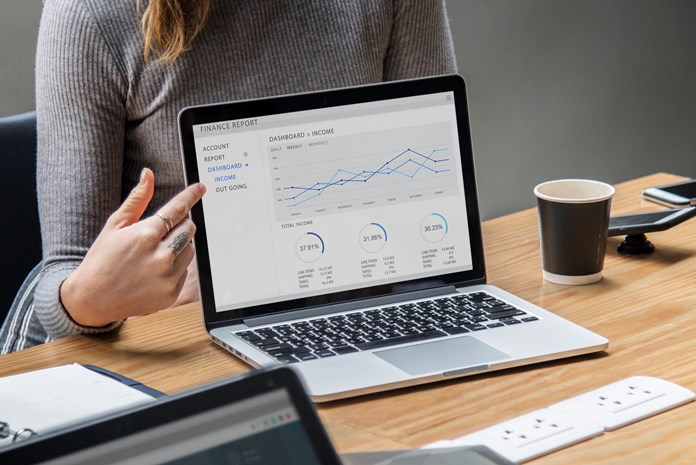Posted on 21 October by Simon Gomez in Dynamic pricing
Dynamic pricing is one of the oldest pricing strategies. It dates back to 1970 and 1980, where airlines were the first industry to use it. What is dynamic pricing? Dynamic pricing is when the price of a product changes according to variations in market demand and other factors.
But, right now, and especially in the eCommerce world, this strategy and concept is a hot topic. More companies are using it, and a few more are interested in using it. But what are the benefits dynamic pricing brings industries in eCommerce? Let’s dive into it.
1- Boost in sales
Sometimes, and contrary to popular belief, dynamic pricing is used to lower and raise the prices of the products. There may be a time when the market dictates you to decrease the price of a product to sell more. You should take advantage of that and go for it. For example, if you have old stock or products that are almost sold out. However, if you see that the market is picking up again for the products, you can also increase the prices step by step so that the margin increases again.
In the mind of the consumers, when they see the product with the low price, that is good news for them. That action triggers your sales. That's great news for you because you'll sell more on items you thought you weren't going to sell.
2- Creates a higher level of demand
When demand is low for a product or service, dynamic pricing helps you create demand for them and gain profit. Events are the perfect example. Months and weeks before the event, the ticket prices are more affordable. Closer to the event, and if the demand is high, the prices go up. But there is something more.
If for some reason, on the day of the event, you still have seats or tickets available, you can transform that into revenue. Instead of not selling them and keeping those tickets, you can sell them at a lower price. You maximize on profits and obtain earnings at that time.
3- Insight in customer behavior
Dynamic pricing helps you understand customer buying habits. You can know the customer shopping hours and the device they use to shop. Plus, the demand curve is easier to calculate, and with that curve, you can know the minimum and maximum price a consumer is willing to pay for an item or service.
Additionally, anytime you make a price change, you receive feedback from your customers. That is helpful for future strategies because you know what to do and not do.
4- Maximize profits
If your competitors are offering the same product as you at a high price, dynamic pricing can help you maximize your profits. For example, if the competition sells notebooks at $3, you have to sell at a lower price. That will make your business more profitable because you will gain more profits and improve customer satisfaction. After all, they are getting a better deal for the product.
5- Time saver
A company that uses dynamic pricing software will reprice all its products in just one click. That will help you stay up to date with pricing trends or follow the competitors' prices. That allows you to focus on other tasks while the system is doing its job. Before, this took hours, and when you were finished, new price changes happened. Imagine all that work and effort for nothing.
Conclusion
Dynamic pricing is a pricing strategy that helps you increase your sales when you have old stock and increase your margins. Furthermore, it permits you to save time and learn more about your customers’ preferences.
PriceTweakers has and offers your company the best software to monitor, reprice products, and create pricing strategies for you. You have more than 30 pricing rules, and you can add conditions to make them unique. You can modify them whenever you want, and you have real-time reports to see if everything is working perfectly. Are you interested? Contact us and learn more about dynamic pricing here.
Share this page





